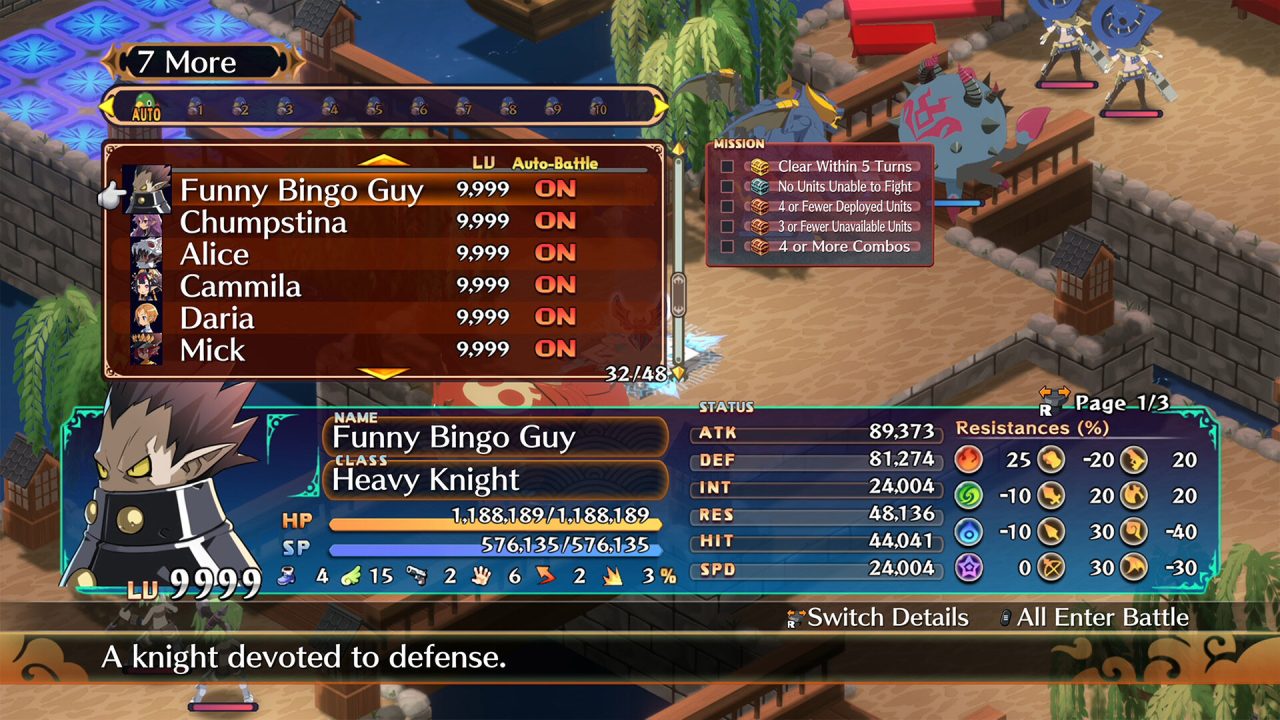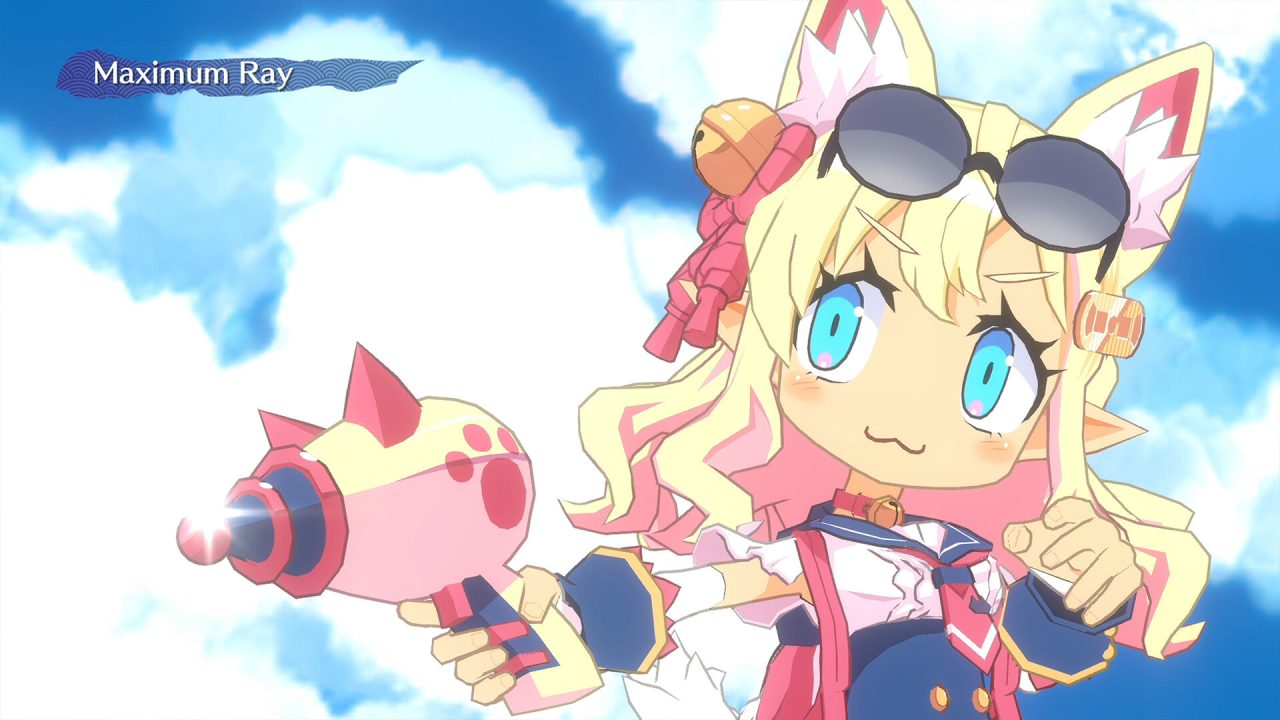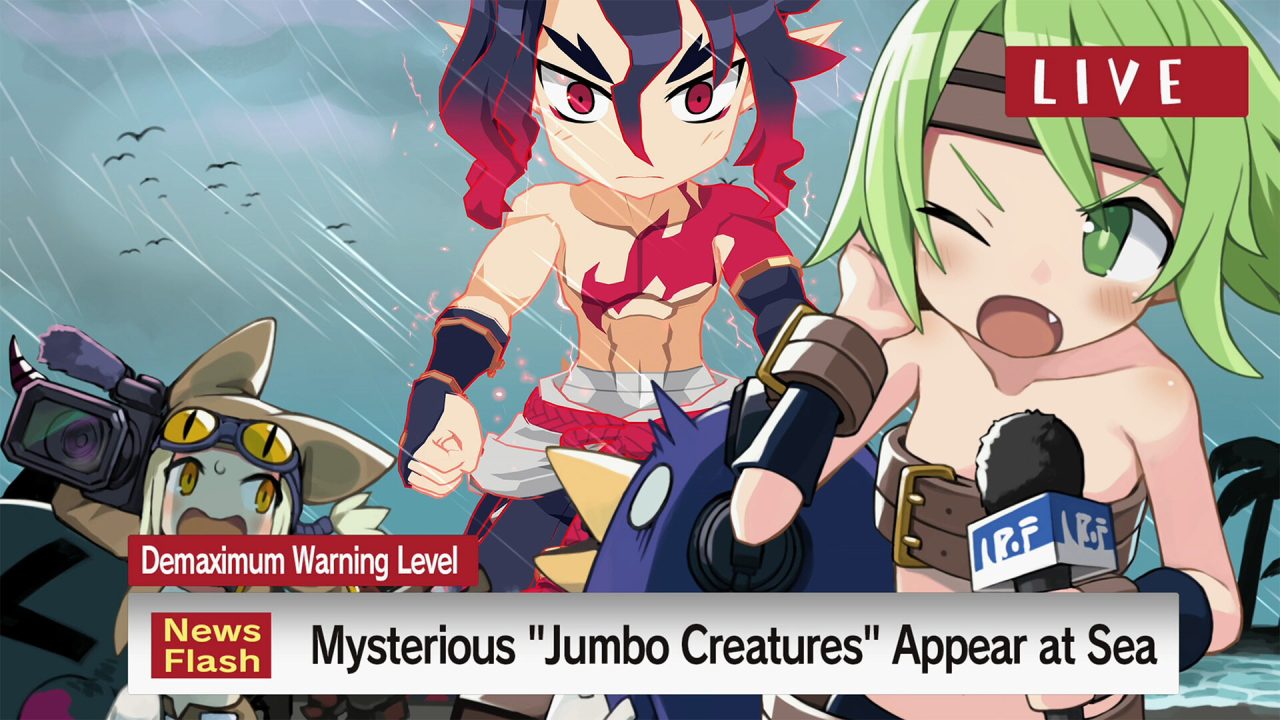Disgaea has had a bit of an odd journey as a franchise over the last few years. After the monumental success of Disgaea 5 Complete on Nintendo Switch, developer Nippon Ichi Software made some pretty significant changes to the series with Disgaea 6, much to the chagrin of the series’ fanbase. Performance was rough due to the move to 3D models, especially on the Switch; half of the character classes were removed, and the game design focused on auto-battling instead of direct control over encounters. Needless to say, many series fans (myself included) were quite frustrated with these changes. I’m happy to report Disgaea 7: Vows of the Virtueless is a return to form for the series, bringing back all the classes from 5 (plus a few new ones), limiting the auto-battle functions, and featuring a cast and story that harken back to the best the series has to offer. While Disgaea 7 isn’t fully a triumphant return, it does return the series to its roots and provides what fans have come to expect from a journey into the Netherworld.
Disgaea 7 is set in Hinomoto, a new Netherworld based around feudal Japan. Hinomoto is a land famous for its warriors and their bushido code, but it has recently come under the oppressive control of the demon Opener, who has outlawed all bushido. Our protagonist duo this time around is Pirilika and Fuji. Pirilika is a demon from another Netherworld who comes to Hinomoto as a tourist obsessed with the culture and practices of Bushido (essentially a weeabo). Pirilika ropes Fuji, a wandering samurai who has become disillusioned with bushido and the warrior’s way of life, into her quest to return Hinomoto to the idealized form she imagined. Along the way, the two defeat and recruit a cast of kooky characters, such as Yeyasu, a self-absorbed and womanizing noble hiding an immature side; Higan, the most powerful warrior in Hinomoto and Yuji’s former mentor; and Ceefore, an aptly named ninja obsessed with blowing things up.
Initially, the back-and-forth bickering and comedic tension between the cast reminded me fondly of the how the colorful cast of antiheroes in the first Disgaea were constantly at each other’s throats. Unfortunately, as the story progresses, Disgaea 7 devolves into a more typical shonen anime save-the-world-with-friendship plot. By then, the contrasting personalities and tension that drove the comedy in the early chapters fade away. While this shift has worked well in past series titles, Disgaea 7 is unable to execute on a more optimistic and heartfelt tone with the same exuberance and sincerity as Disgaea 4, and it loses steam by the story’s end. While I enjoyed the characters and narrative more than those in, say, Disgaea 5, I feel the cast and story were a missed opportunity, especially considering the potential in this new setting.
On the gameplay front, Disgaea 7 is close to what I expect for the series. The previously missing generic unit classes and weapon skills have returned, and monsters have unique weapons again. Some of the more fan-favorite features from Disgaea 5, like Magichange, are still missing, and there are changes to item and character reincarnation that some may not appreciate. Personally, I didn’t mind these changes, and there were some nice quality-of-life additions (such as the gachapon in the Netherworld Hospital or stage bonuses for completing chapters in a certain way) that were very welcome.

One of the most divisive aspects of Disgaea 6 was the emphasis on auto-battling. While the system did allow you to program a wide variety of behaviors for units, I didn’t have much interest in letting the game play itself. Auto-battle returns in Disgaea 7, but in a much more limited form. You can only use auto-battle on certain completed stages, and using it consumes a new resource called Poltergas, acquired through completing stages manually. I found this to be a healthy compromise, allowing players to automate some of the more grindy aspects of the game while still requiring that you actually play out your turns the first time around. I have to admit that I didn’t use the feature much, but this refinement of the system allows for some automation without turning the strategy RPG into an idle game.
The other major way that Disgaea 7 improves upon its predecessor is the visual experience and performance, especially on Switch. Disgaea 6 was a disaster on Switch, constantly dropping frames and looking like a muddy, low-resolution mess. Disgaea 7, on the other hand, looks great with refined 3D models contrasting nicely with the stage elements and backgrounds, and runs at a stable 30 frames per second.
The biggest new mechanic is the Jumbification system, which sees the player filling up a rage meter through combat and then expending that rage to expand one of their characters into a giant Kaiju-like monster who towers over the stage. Your blown-up character can then perform big area-of-effect attacks that hit multiple enemies and provide stage-wide passive bonuses to your army. The flipside of this is that enemies can employ this technique as well, and bosses will often use this ability to replenish their health right before death in an attempt to turn the tables on the player. While this feature initially seemed intriguing, I came away from the game considering it to be more of a gimmick than an interesting wrinkle to the combat. It tended to make boss fights into a slog, and many of the passive bonuses it granted through certain characters or classes paled in comparison to others. It simply wasn’t as fleshed out as I would’ve liked, and I only ended up using it when it was mandatory to defeat a Jumbified enemy.
The most important factor for any Disgaea fan is the amount of content on offer, and Disgaea 7 is no slouch in this department. The game features fifteen story chapters, each with multiple stages, and a hefty postgame once the story is finished. There is also the item world that lets you keep grinding your characters and their equipment to your heart’s content. Unfortunately, NIS America is only localizing the expanded Complete version on Switch 2, despite it being available on Switch, PS4, and PS5 in Japan. However, upon finishing Disgaea 7’s postgame content, I more than had my fill with the game, so if you only have an original Switch or only play on PlayStation platforms, I think the content on offer will more than satisfy even series diehards.
Disgaea 7 is a mixed bag: while it addresses many of the issues present in its predecessor, it also fails to match the sereis’ best games it is trying to emulate. I enjoyed my time with the game, but I’m left wondering where the series can go from here. Disgaea 7 does what it needs to, but I feel the series has exhausted the concept and taken it about as far as possible without a significant shakeup.




